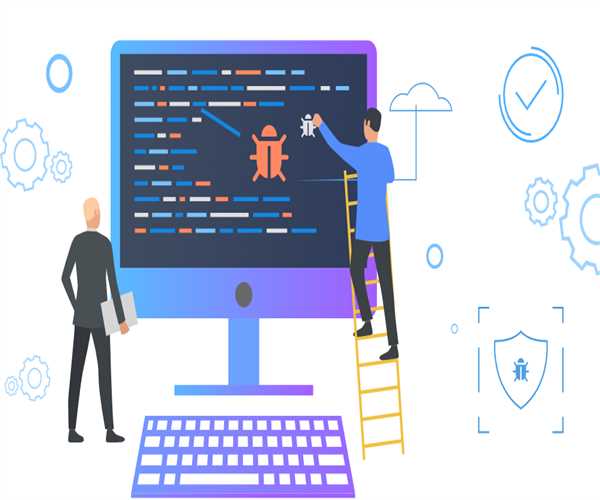In the world of software development, the quality of code is what matters the most. The whole software depends on it. Code in poor form may cause wrong products and system failures, making the company suffer a heavy financial loss. To effectively deal with these problems and also ensure the actualization of your project, a code that is of high quality must be produced following the recommended procedures. Let’s see how to ensure that your code is correct for the project.
1. Embrace Coding Conventions
Coding conventions touch on diverse areas of coding style, such as naming patterns, punctuation, spacing, and commenting strategy. By observing a set pattern of rules, such as those that are defined in the language-specific style guides or by the organization's standards, developers can maintain consistency across the entire code. Moreover, coding style guides make it easy for multiple staff to collaborate on the project through a universal language and pattern for code reviews and dialogues.
2. Utilize Code Linters
Code linters automatically scan the code against certain coding standards that have been previously determined. Such techniques inspect sources for syntax errors, style violations, and likely bugs and generate instant errors and corrections for developers. Linting the code as a part of the development workflow is a good practice to follow as it will make sure the teams follow the coding standards and may detect problems at the early stages of development. One of the important advantages of code linters is that they are capable of catching community coding mistakes and enforcing the best practice.
3. Doing Continuous Integration (CI)
Continuous integration is the process where developers regularly commit changes of codes to the same repository along with automation of testing and deployment activities. The CI pipelines lay the ground for automated procedures starting from the build, and test, all the way to the deployment stages. This allows for fast responses to code changes and ultimately the stability of the application. By implementing CI into their development teams, organizations can spot integration problems up front and deal with them during the initial development stages rather than in later isolated problems.
4. Prioritize Meaningful Comments
Wise commenting will promote code readability and accurate understanding, especially in the case of complex scripting. Nevertheless, it is important to find the balance point here and not burden the source with too many comments that deter it from its usefulness. Developers need to prioritize the usage of comments for providing the needed information to others such as algorithmic complexity or business logic for understanding. Aside from annotation, developers have to create class-level and file-level comments to supply a general setup and explain the behavior.
5. Refactor Regularly
The process of refactoring is of re-structuring code without altering its external behavior, refactoring is done to enhance clarity, efficiency, and flexibility The time during which refactoring sessions such as it help to get rid of technical debt, code readability, and complexity is averted, and the quality of the code improves over time. Continuing to work on this, the teams can keep up with the changes in the requirements and ensure the highest possible level of agility. Developers should concentrate on readability only, better performance, and any duplication while refactoring the code.
6. Conduct Code Reviews
Code reviews involve a review of code changes by peers to identify bugs and include a readability review to check if coding standards are met. The process of code review is aimed at encouraging collaboration and exchange of ideas in turn reduces the risk of generating more bugs and low quality. Present positive feedback and conduct code reviews as a standard practice of software production. One of the goals of the code review process is to address the issues related to the correctness of codes, the exactness of coding conventions, and design integrity.
7. Integrate Automated Tests
Automated tests serve to check the functionality of the code and discover regressions which means that no new changes bring a breaking of functionalities, that were already working properly before. A comprehensive testing strategy consists of some unit tests, integration tests, or end-to-end tests designed to verify distinct facets of your application. Teams’ investment in automated testing will ensure setting a safety grid that limits the impacts of code changes, which are unforeseen.
Conclusion
In the end, one should not forget that the need to make sure that correct code is written for the project requires continuous effort from the developer, along with the implementation of the best practices in the code development cycle. You can create code more logically, by following the conventions for coding, using automatized tools like linters and continuous integration farthest, prioritizing useful comments, and even working as a team; thus, you can raise the efficiency of your code and the probability the project will be successful. Recognize that code quality is a group effort, and everlasting betterment is the principal factor to keep software development excellent.




Leave Comment
1 Comments